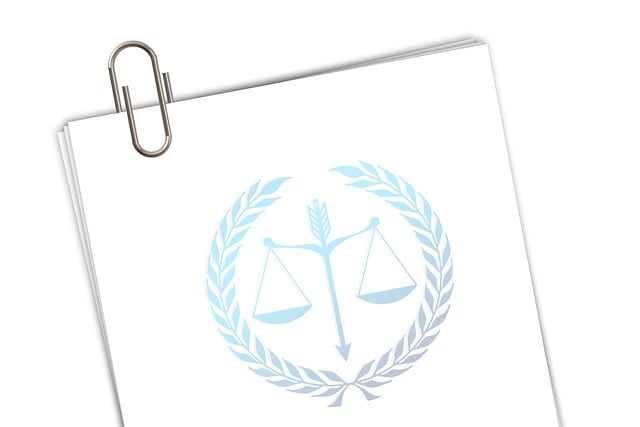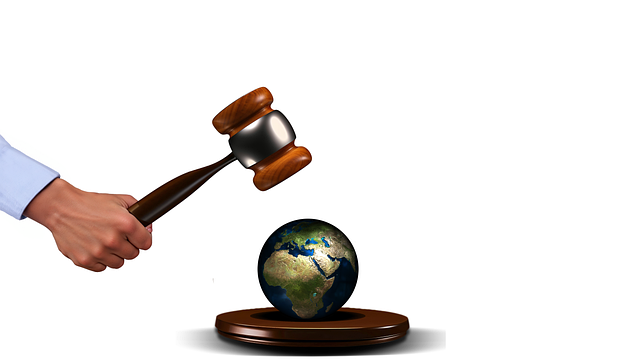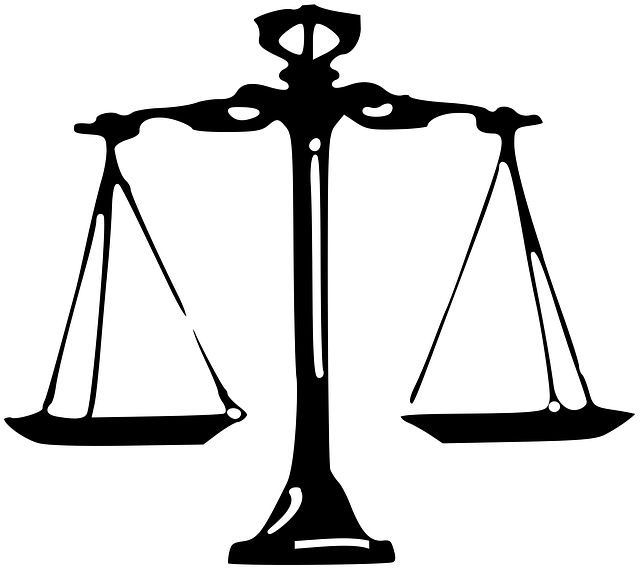RF Regulatory Agencies ensure public safety and fair practices in RF technology by licensing, monitoring emissions, investigating complaints, and enforcing regulations. They use data analysis, field tests, and stakeholder interviews to protect consumers, promote innovation, and prevent lengthy jury trials. RFRA investigations can stem from industry complaints or audits, involving detailed reviews of operations, products, and documentation. Understanding the varying Statute of Limitations for Libel Cases, which typically stands at three years, is crucial for companies facing RFRA inquiries and potential libel cases, especially in white-collar crimes. Legal experts must merge technical knowledge with legal acumen to navigate these investigations and defend against allegations like unauthorized transmissions and interference.
RF Regulatory Agency investigations play a vital role in ensuring compliance with radio frequency (RF) standards, protecting public safety, and fostering technological innovation. This article delves into the intricate world of these agencies, focusing on their roles and the process behind initiating probes. We explore key aspects like understanding agency mandates, triggers for investigations, and the nuanced Statute of Limitations for libel cases. By navigating the legal landscape, businesses can effectively cooperate with RF regulatory bodies while safeguarding their rights.
- Understanding RF Regulatory Agency Roles
- Initiating Investigations: Triggers and Process
- Statute of Limitations: Libel Cases Scrutinized
- Navigating the Investigative and Legal Landscape
Understanding RF Regulatory Agency Roles

RF Regulatory Agencies play a pivotal role in ensuring the safe and effective use of radio frequency (RF) technologies. Their responsibilities span across various aspects, from licensing and monitoring RF emissions to investigating complaints and enforcing regulations. These agencies are tasked with navigating complex legal landscapes, including the Statute of Limitations for Libel Cases, to protect consumers and maintain fair practices within the respective business sectors.
By investigating incidents involving RF devices or systems, these regulatory bodies safeguard public health and safety while fostering innovation. Their inquiries often involve meticulous data analysis, field tests, and interviews with stakeholders, including manufacturers and their clients. The outcome of these investigations can lead to important findings, recommendations, and even legal repercussions for non-compliance, ultimately shaping the future of RF technology in a fair and transparent manner, without unduly favoring any particular party or industry through lengthy jury trials.
Initiating Investigations: Triggers and Process

When an RF Regulatory Agency (RFRA) investigation is initiated, it’s often triggered by a variety of factors. These can include complaints from industry peers, allegations of non-compliance with emission standards, or even routine audits designed to ensure adherence to relevant laws and regulations. The process begins with a thorough review of the company’s operations, products, and documentation by RFRA specialists. They examine radio frequency (RF) emissions, testing devices, and records to determine if there has been any violation of set limits.
One crucial aspect that differs from regular investigations is the Statute of Limitations for Libel Cases—a factor that can significantly impact the outcome. Unlike criminal cases with strict time bars, civil cases like libel have varying limitations periods depending on the jurisdiction. Understanding these timelines is essential for companies facing RFRA inquiries, as it can affect their ability to present a robust defense and achieve extraordinary results in court. Mastering white collar defense strategies, including navigating complex regulatory environments, is key to winning challenging defense verdicts.
Statute of Limitations: Libel Cases Scrutinized

In investigations involving white collar and economic crimes, understanding the Statute of Limitations for Libel Cases is a critical aspect. The time frame within which legal actions can be taken varies significantly and is subject to specific rules. This period typically starts from the moment the libel or false accusation occurs, or when it is discovered by the victim. Across the country, laws generally stipulate a three-year limit for filing civil lawsuits based on written defamation, including libel. However, this timeline can be extended under certain circumstances, such as ongoing harm caused by the initial publication or if the defendant has made repeated defamatory statements over an extended period.
Knowing these limitations is essential for both victims seeking justice and general criminal defense attorneys advising their clients. It’s crucial to act promptly to preserve legal options and ensure that rights are not compromised due to procedural barriers. This prompt action can be pivotal in navigating complex cases, especially when dealing with economic losses stemming from false representations or accusations.
Navigating the Investigative and Legal Landscape

Navigating the complex landscape of RF Regulatory Agency investigations requires a deep understanding of both legal and technical aspects. These high-stakes cases often involve intricate issues, from compliance with ever-evolving regulations to addressing allegations of unauthorized transmissions or interference. The Statute of Limitations for Libel Cases plays a crucial role in setting timelines for legal actions, adding an extra layer of complexity.
With an unprecedented track record in successfully defending clients across the country, our team is adept at handling these delicate matters. We employ strategic planning and aggressive defense tactics to ensure the best outcomes, regardless of the case’s magnitude or nature. Our experience spans a wide range of industries, enabling us to provide tailored guidance that considers both legal precedents and the specific technological intricacies at play.
RF Regulatory Agency investigations are meticulous processes that demand a deep understanding of both technology and legal frameworks. By examining triggers, navigating the investigative landscape, and considering the Statue of Limitations for libel cases, entities can effectively respond to scrutiny. Understanding these dynamics is key to safeguarding interests and ensuring compliance in the ever-evolving regulatory environment.






